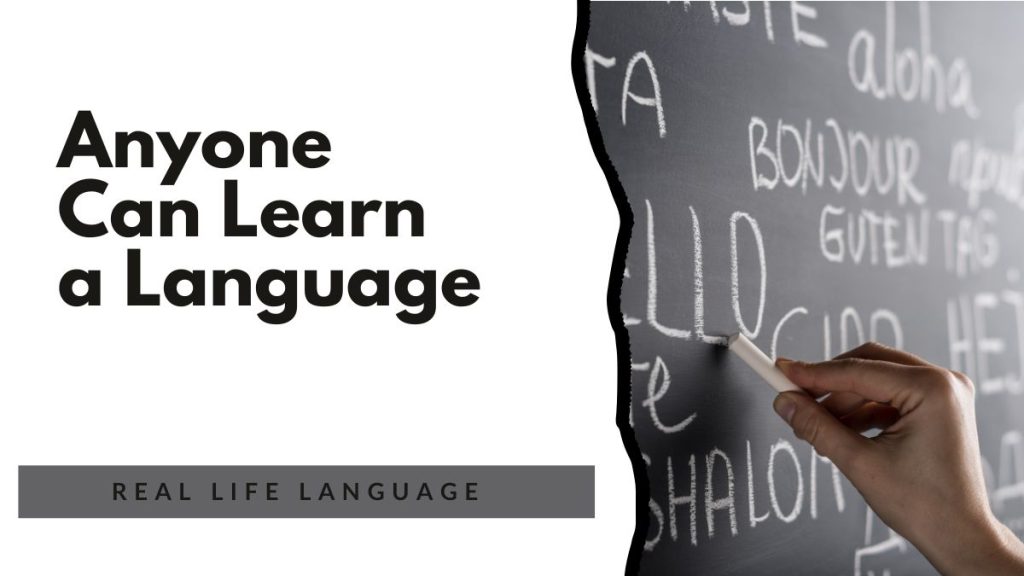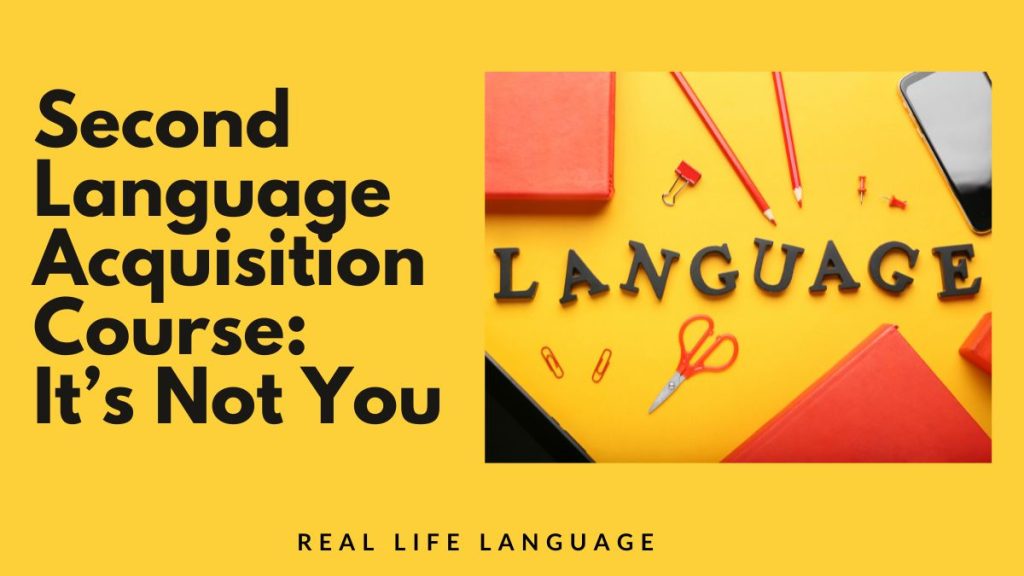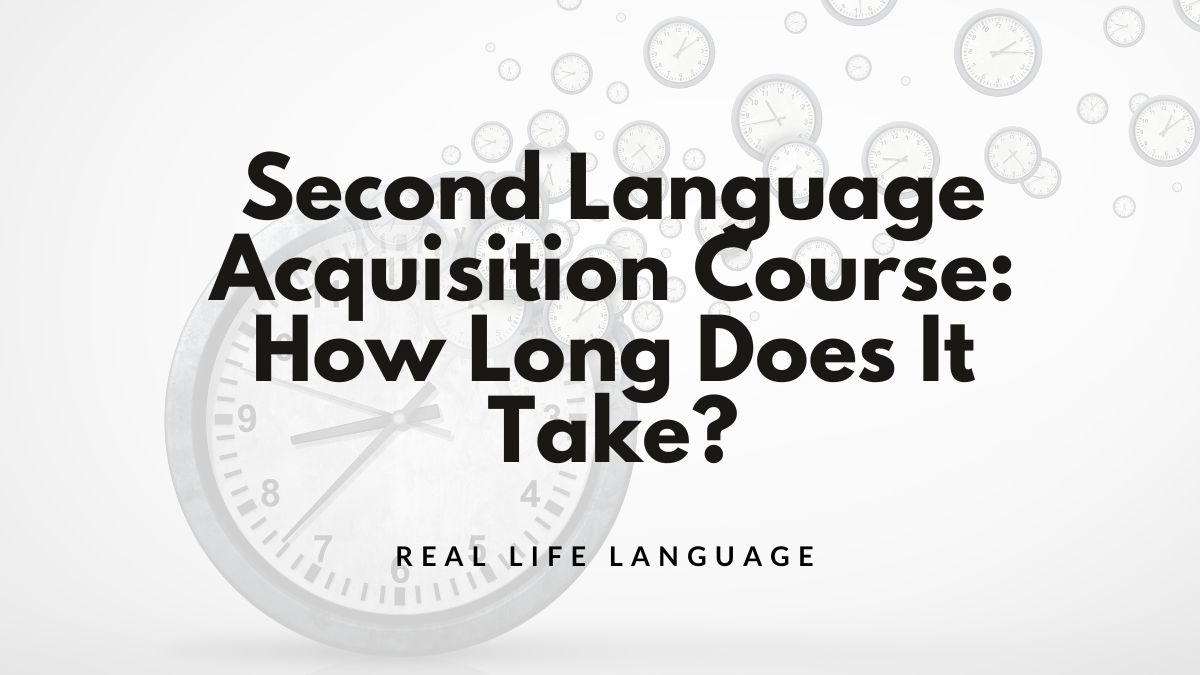
Curious about how long it really takes to reach a usable level in another language? In this brief guide based on research used by professional language trainers, you’ll get clear estimates and practical context for a Second Language Acquisition Course: How Long Does it Take? — plus what those numbers actually mean for your learning plan.
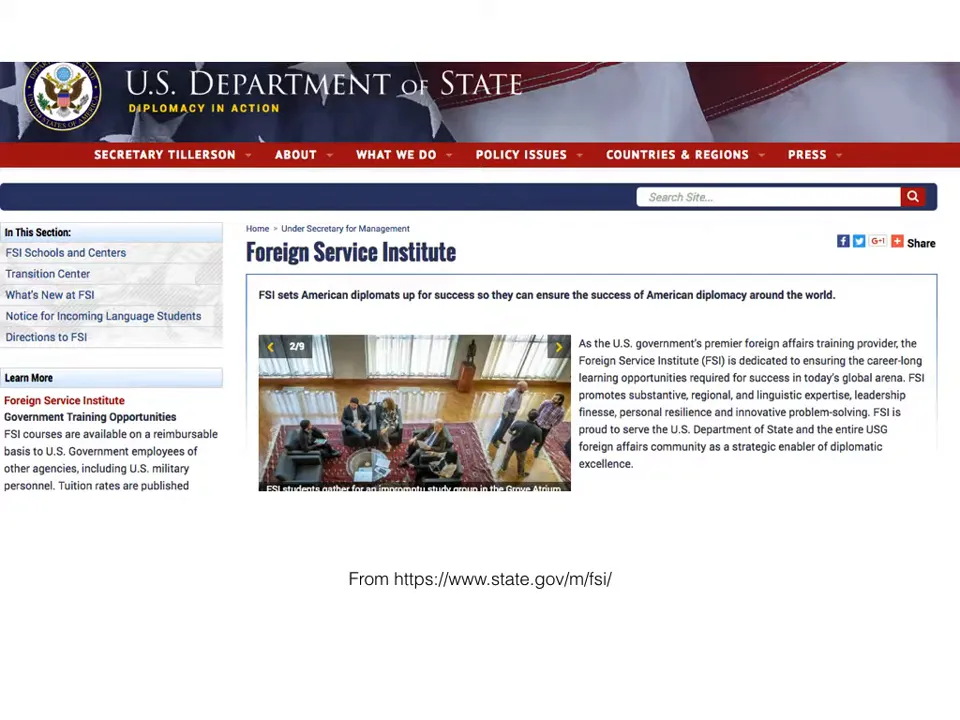
Where these time estimates come from
Most widely quoted estimates come from the United States Department of State’s Foreign Service Institute (FSI). The FSI trains people heading to embassies and consulates around the world, and its materials — many of them public-domain — break languages into categories based on how long they typically take for English speakers to learn. These categories are practical guidelines, not iron-clad rules.
Who was studied — and why it matters
The FSI students aren’t a typical mix. They tend to be in their 40s, highly educated, often already bilingual, and intensely focused on reaching language goals for specific overseas assignments. That means your own progress may be faster or slower depending on age, background, study habits and motivation. Still, the FSI framework is a useful roadmap for planning a Second Language Acquisition Course: How Long Does it Take?
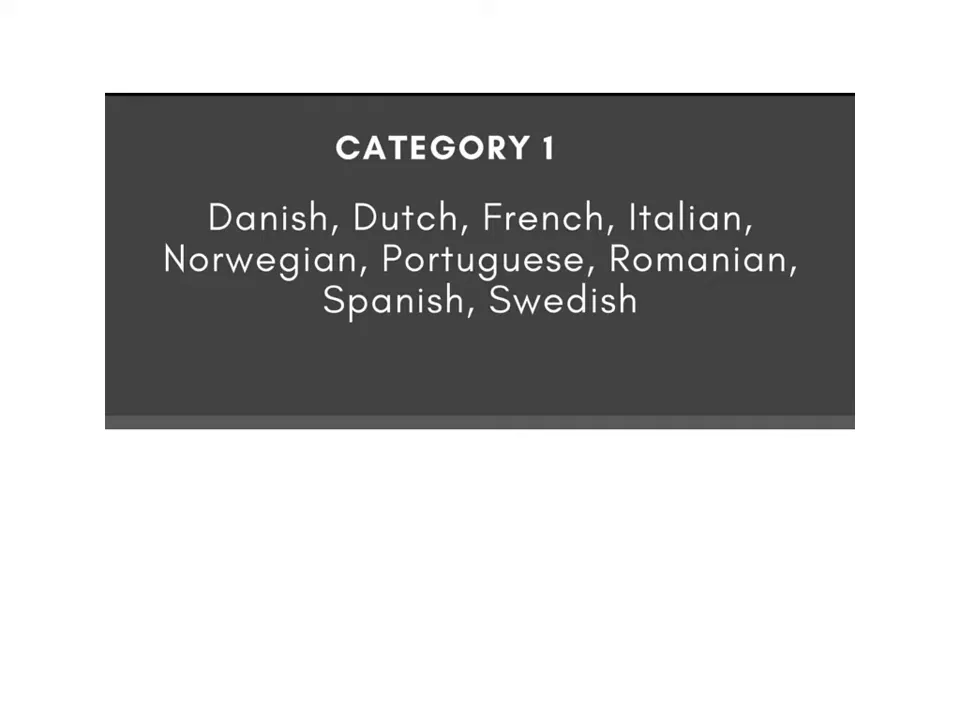
What level are these times referring to?
The benchmarks target roughly an intermediate-high level (commonly aligned with B2 on the CEFR scale). That’s a functional level where you can manage most everyday and professional conversations, though you could be less or more proficient depending on the learner and the time invested.
Language categories and time estimates
Languages are grouped by similarity to English and by writing system. Culture and distance matter too — you can’t separate language from culture when learning.
- Category I (closest to English): Spanish, French, Italian, etc. — approximately 750–1,000 hours to reach intermediate-high.
- Category II: German and similar languages — roughly double Category I: about 1,500–2,000 hours (some sources place German nearer to Category I with a small extra amount).
- Categories III & IV (most distant): Languages very different from English, with Category IV also including a different writing system — roughly three times Category I. Multiply 750–1,000 by three and you’re looking at up to ~3,000 hours to reach the same level.
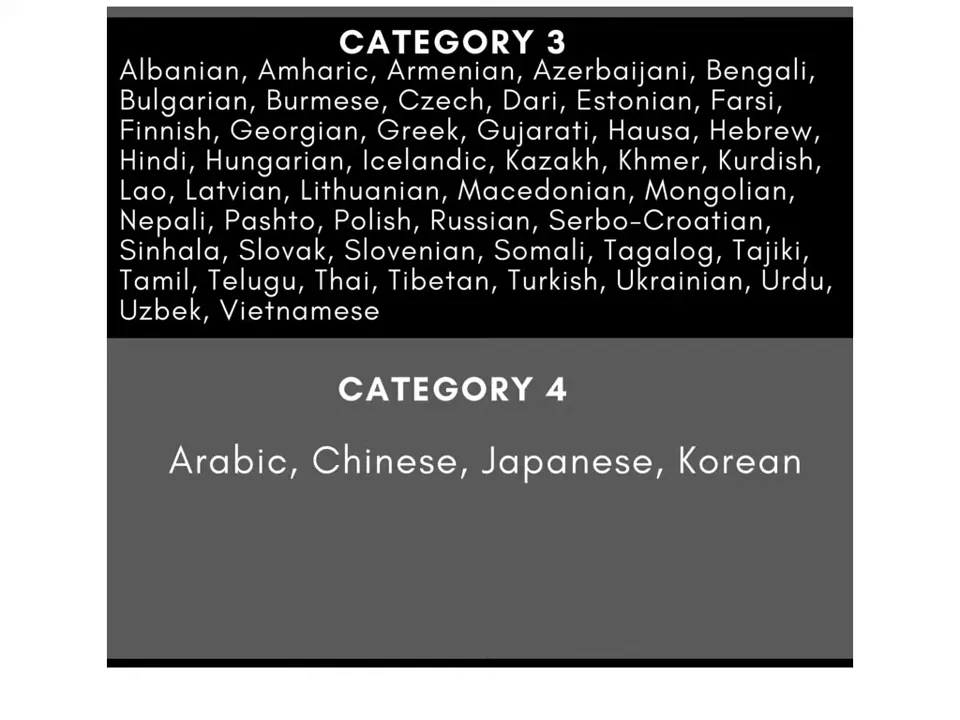
How to interpret these numbers
Think of Category I languages as “your cousin’s house”: many familiar things make learning smoother. Category II is still close family. Categories III and IV are more like visiting a distant culture — new grammar, new sounds, often a different writing system and different cultural patterns.
These hour estimates are planning tools. They help you set realistic timelines and choose study methods that fit the scale of the task.
Practical next steps
- Decide your target level (survival, conversational, professional) — that determines how much of the estimated hours you actually need.
- Create a consistent practice schedule: shorter daily sessions beat rare long ones.
- Mix input and output: listening, reading, speaking and writing plus cultural immersion.
- Use the category estimates to set milestones (e.g., 250-hour, 500-hour checkpoints) and reassess methods as you go.
Conclusion
When asking “Second Language Acquisition Course: How Long Does it Take?” remember this: Category I languages typically need 750–1,000 hours; Category II about 1,500–2,000 hours; and Category III/IV can approach 3,000 hours for English speakers. Use these figures as a realistic framework, then tailor your course and practice to your personal goals and lifestyle. Keep consistent, stay curious about the culture, and the hours will translate into real ability.
5 Weeks of No and Low Prep Fun
Need quick, engaging activities for your class? This free guide includes 25 no-prep and low-prep ideas to save time while keeping students excited about learning.
Download your free copy now.
